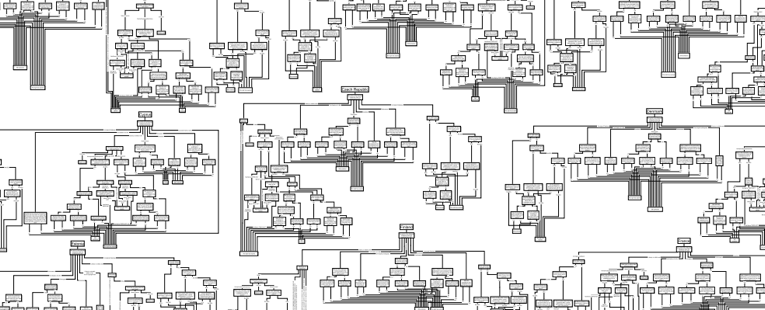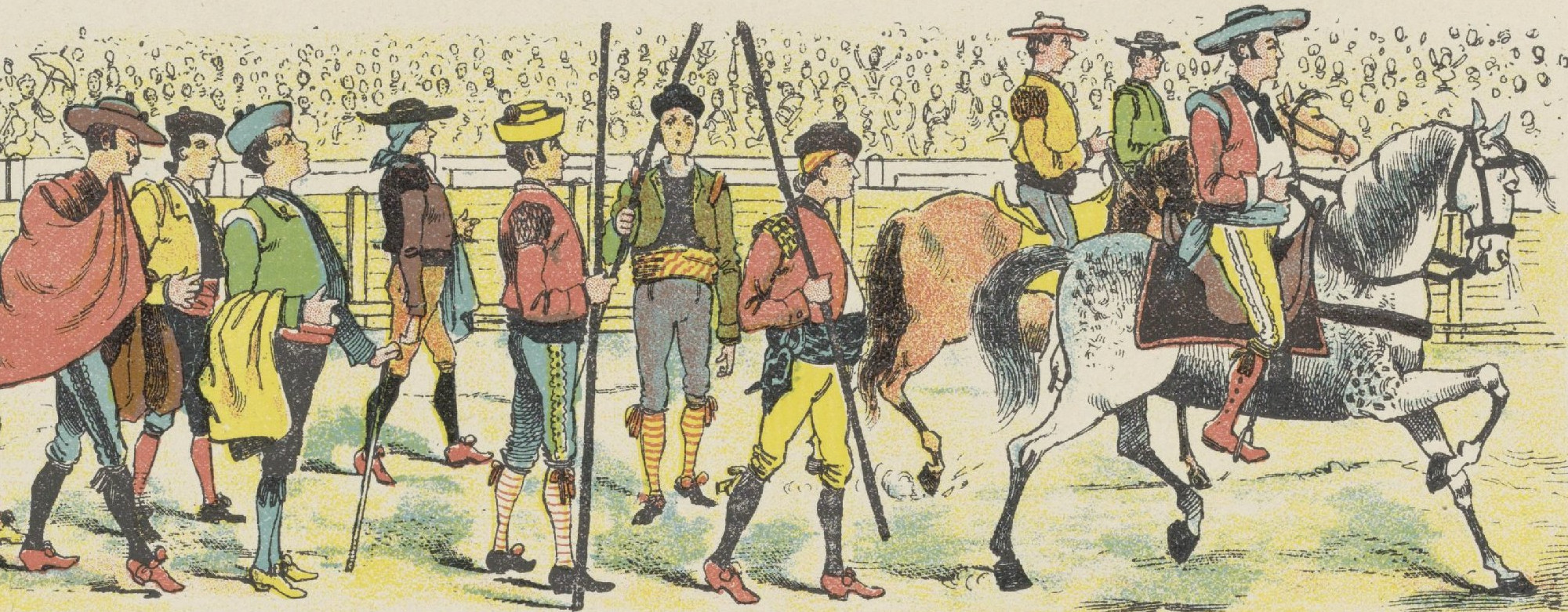so it’s the time of the year again where lists of authors who’s works will enter into the public domain on the 1st of january are compiled left and right. Generally these efforts work like this: you start a list of authors who have died in in the year ending 70 years ago (1942) and then compile them into a list and rank them by whatever criterion you wish to apply (notability, specific nationality, etc..).
While this seems rather straightforward it seems like a good opportunity to recall the underlying complexities of calculating copyright term duration: If you have a fast internet connection and a big screen, you may want to take a look at this 25 MB pdf, which depicts the decision trees for 30 european jurisdictions that power the public domain calculators on www.outofcopyright.eu.

The interesting thing about this PDF is not how complex it is in absolute terms, but rather that the subject matter depicted is supposed is something that the EU considers to be ‘harmonized’ (by the 2006 copyright term directive). As you can easily tell by glancing at the image above, copyright duration in the EU is anything but harmonised. In fact, as Christiana Angelopoulos, who compiled the information contained in the pdf, argues in a new paper, we are dealing with 27 different public domains for the 27 member states of the EU.
According to Angelopoulos this is the result of four parallel failures of the harmonisation effort (Gaps in Conceptual Harmonisation, Exceptions to Harmonisation, Related Rights of Unharmonised Term and Incorrect Implementation of the directive). One of the most interesting passages of her paper is the one about the effects of the war-related term extensions that are part of French copyright law:
In France, the Intellectual Property Code contains three provisions extending the term of protection for works which were in copyright during WWI and WWII or whose authors died for France. To compensate the loss and difficulties in the commercial exploitation of works during the two World Wars:
- The rights of authors, composers and artists of works published before the signing of the Treaty of Versailles and which had not fallen into the public domain on 3 February 1919 were extended by 6 years and 152 days;
- The rights of authors, composers and artists of works published before 1 January 1948 and which had not fallen into the public domain on 13 August 1941 were extended by 8 years and 120 days;
- The rights of authors, composers and artists who died for France during WWI or WWII were extended by 30 years.
It should be noted that the two first extensions can accumulate in cases of works published during WWI, which can then benefit from an extension of up to 14 years and 272 days.
[…]
The fate of the 30-year extension in favour of authors who died for France has not been decided upon by the courts. If the provision remains valid, then depending on the applicability of the other extensions, the term of protection of a musical work whose author died for France may range from 100 years pma (70 years pma + 30 years) to 114 years and 272 days pma (70 years pma + 30 years + 6 years and 152 days + 8 years and 120 days). With regard to non-musical works, commentators are divided on whether the added mileage would salvage the other two extensions as well: some commentators consider that the extensions due to the wars remain absorbed by the new harmonised term of protection. In this case, a non-musical work whose author died for France, whether published during WWI or WWII or not, will benefit from a term of protection of 100 years pma (70 years pma + 30 years). Others argue that, given that the accumulated extensions will certainly result in a term longer than that of the Directive, the calculation should be made on the basis of the old 50 years pma rule. As a result, the term for non-musical works whose author died for France would vary between 80 years pma (50 years pma + 30 years) and 94 years and 272 days (50 years pma + 30 years + 6 years and 152 days + 8 years and 120 days), depending on the date of publication of the work.
The case of a non-musical work published during WWI or WWII and written by an author who died for France is not hypothetical. Several famous authors belong to this category, including Antoine de Saint-Exupéry, Guillaume Appolinaire and Charles Péguy; uncertainty thus surrounds the term of protection of their works. For example, the entry of Antoine de Saint-Exupéry’s famous novella The Little Prince into the public domain oscillates from 1 May 2033 to 1 January 2045, depending on the interpretation accepted. (Christina Angelopoulos: The Myth of European Term Harmonisation: 27 Public Domains for the 27 Member States, IIC, 2012-5, p. 567.)
These extensions can make life rather difficult for anyone compiling lists of authors whose works will enter into the public domain. More generally the lack of harmonisation points to a bigger problem though. If copyright is indeed the primary system of assigning ownership in knowledge driven economies then we should be seriously concerned about the complexity of the system, which makes it extremely difficult to ascertain if a work can be used without permission from the author or not. COMMUNIA has pointed this out in our policy recommendation #4 and it appears timely to point out the need for more harmonisation in the light of the upcoming public domain day on the 1st of January 2013.
